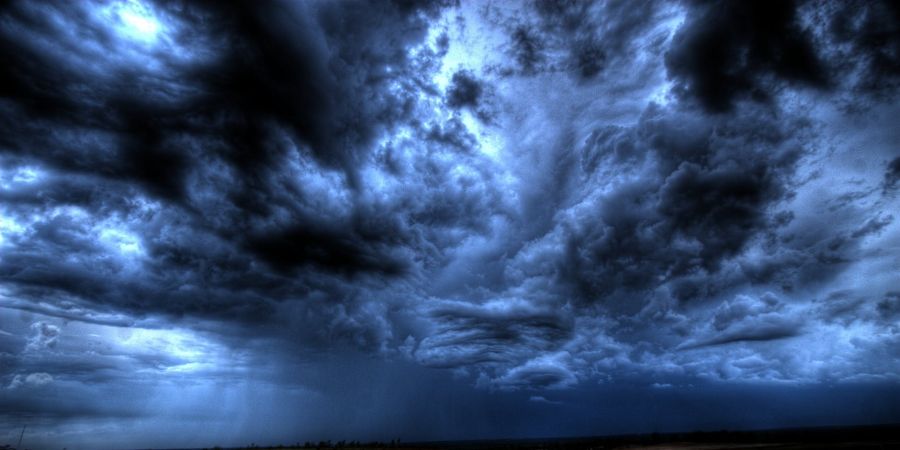

HYDERABAD: Chief Minister K Chandrasekhar Rao on Sunday alleged a global plot to cause cloudbursts in the Godavari catchment area, similar to those in Uttarakhand and Leh, to cause the catastrophic floods sweeping the state. In and around Bhadrachalam town, floods have destroyed thousands of crores of rupees' worth of property and made thousands of people homeless.
The CM referred to the phenomenon of cloudburst, which causes very heavy rainfall within a short time, saying "some countries are involved in engineering cloudbursts over parts of India".The chief minister made the following remarks after assessing the flood damage in the worst-affected Bhadradri Kothagudem district: "Cloudbursts may have been the initial cause of Telangana's unparalleled disaster. Although we are unsure of the extent to which global conspiracy beliefs are real, specialists claim that climate change can also contribute to persistent rain."
Cloudbursts are most frequently caused by thunderstorms. During severe thunderstorms, large amounts of water may accumulate at high elevations, and if the upward currents are compromised during this time, the water might all come down at once, resulting in flash floods.
A cloudburst is a sudden, intense amount of precipitation that can lead to flooding[1] and is occasionally accompanied by hail and thunder. Large amounts of water can be suddenly dumped by cloudbursts; for example, 25 millimetres of precipitation is equivalent to 25,000 metric tonnes per square kilometers (1 inch corresponds to 72,300 short tonnes over one square mile). Cloudbursts, on the other hand, are uncommon because they only happen as a result of orographic lift or sporadically when a warm air parcel interacts with cooler air to produce abrupt condensation. There are times when a significant volume of runoff from higher elevations is confused with a cloudburst. The idea that clouds could burst like water balloons and provide heavy precipitation gave rise to the phrase "cloudburst." Despite this notion.
A cloudburst is defined as an hourly rainfall rate of at least 100 millimetres (3.9 in) of rain. [2] [3] As an example, the Swedish weather agency SMHI defines the equivalent Swedish term "skyfall" as 1 millimetre (0.039 in) per minute for brief bursts and 50 millimetres (2.0 in) per hour for longer rainfalls. However, other definitions are sometimes used. The corresponding convective cloud may rise as high as 15 kilometres (9.3 miles) above the surface. [4]
More than 20 millimetres (0.79 in) of rain could fall in a matter of minutes during a cloudburst. Cloudbursts can have severe effects. Cloudbursts are also to blame for the development of flash floods.
The Langmuir precipitation process, which allows big droplets to expand quickly by coagulating, makes fast precipitation from cumulonimbus clouds conceivable.
